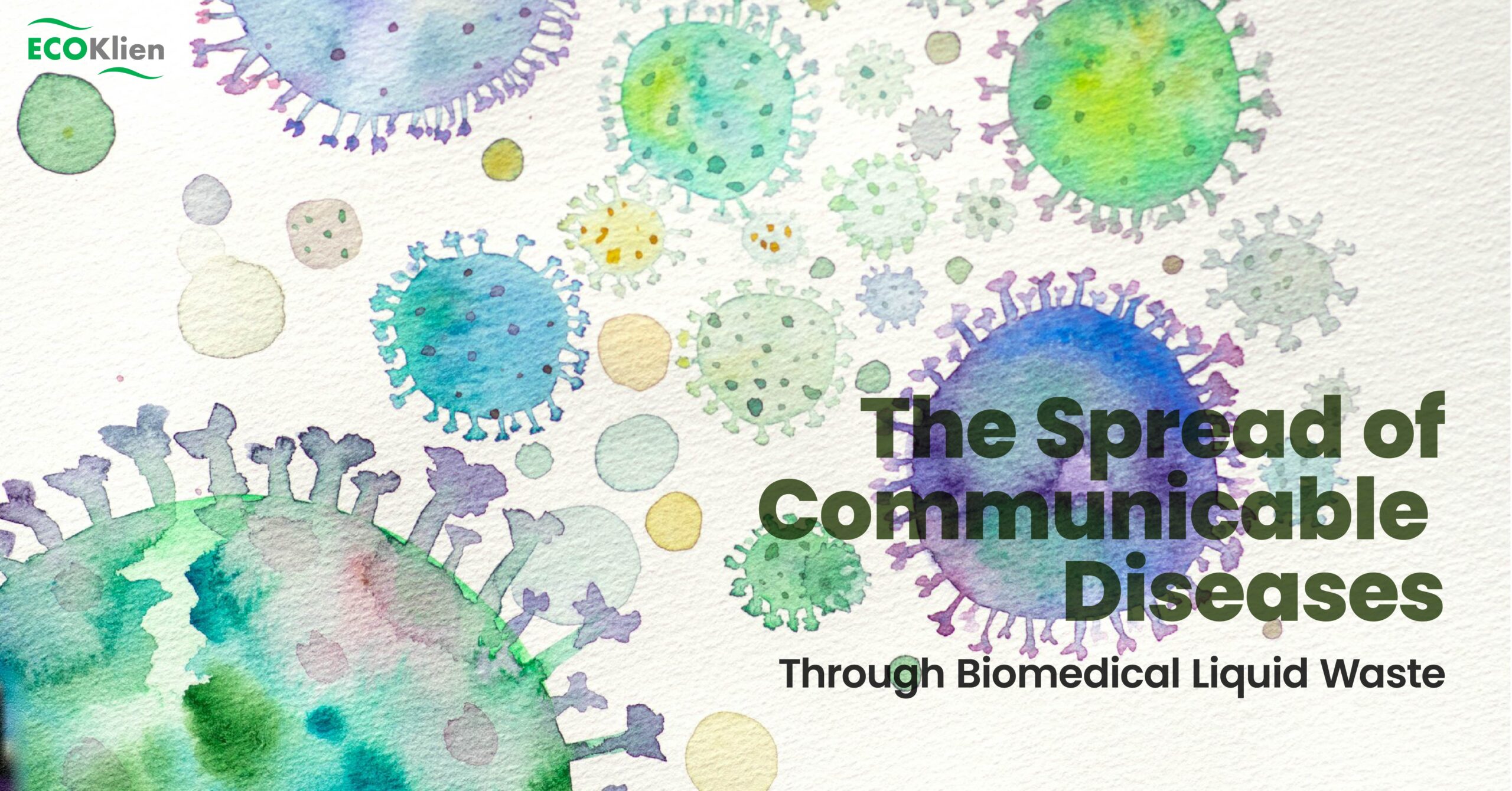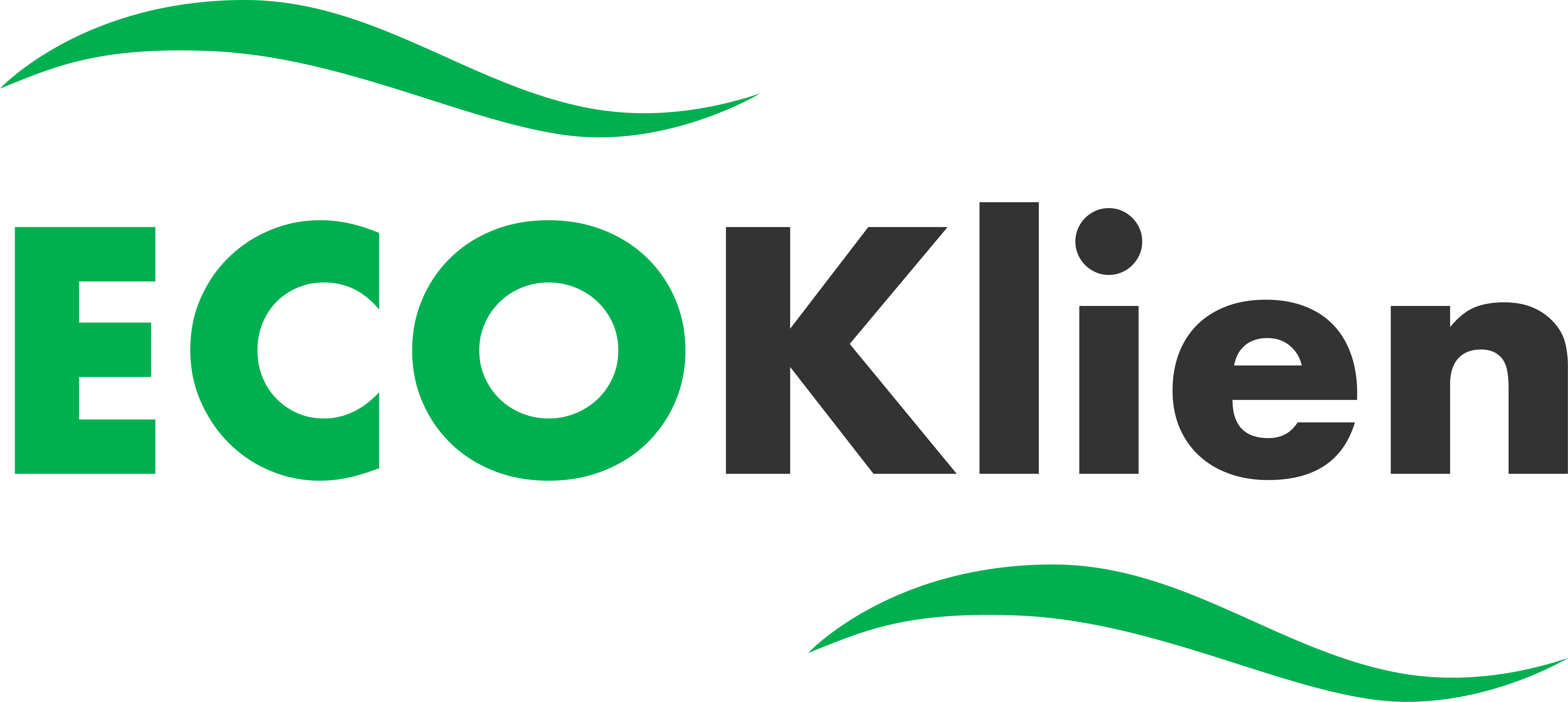
Biomedical liquid waste originating from healthcare facilities, laboratories, and research centers often contains infectious materials that, when discharged without proper treatment, can contribute to the spread of communicable diseases through public sewers. These diseases can affect individuals coming into contact with contaminated water sources downstream.
What are Communicable Diseases?
Communicable diseases are illnesses caused by pathogens such as viruses or bacteria that people or animals spread to one another through contact with contaminated surfaces, bodily fluids, blood products, insect bites, or through the air as follows:
- direct contact with a sick person
- respiratory droplet spread from a sick person sneezing or coughing
- contact with blood or other body fluids
- breathing in viruses or bacteria in the air
- contact with a contaminated surface or object
- bites from insects or animals that can transmit the disease
- ingestion of contaminated food or water
With reference to the above points, it can be stated that biomedical liquid waste is a positive carrier for communicable diseases as it can contain body fluids, blood, laboratory waste, dialysis waste, drugs, fecal matter, lab cultures, and specimens. Read ahead to know how the types of diseases that can be spread.
Waterborne Diseases from Biomedical Liquid Waste
Untreated biomedical waste often contains pathogens like bacteria, viruses, and parasites. When discharged into public sewers, these pathogens can contaminate water sources. This contamination heightens the risk of waterborne diseases spreading rapidly such as cholera, typhoid fever, dysentery, and gastroenteritis. These diseases primarily cause gastrointestinal issues like severe diarrhea, dehydration, and, in severe cases, fatalities.
Bodily Fluid Infections
Bodily fluids like blood, carrying bloodborne pathogens such as hepatitis B (HBV), hepatitis C (HCV), and human immunodeficiency virus (HIV), pose a risk of infection to individuals coming into contact with contaminated water sources or during the wastewater treatment process.
Respiratory & Skin Infections
Exposure to untreated biomedical waste can cause inhalation of aerosols or fumes from the waste or direct accidental physical contact, leading to respiratory issues and skin infections like dermatitis, pruritus, and nose irritation. In a study, exposed people were found to have a chronic cough, chronic phlegm, chronic bronchitis, asthma, dyspnea, and nasal catarrh. – source
Antimicrobial Resistance (AMR)
Pharmaceutical residues from biomedical waste may enter water bodies through untreated wastewater. The constant exposure to the discharge develops antimicrobial resistance, making certain bacteria resistant to antibiotics. AMR poses a global health threat. It reduces the effectiveness of medications used to treat various infections, claiming millions every year. – source
Public Health & Environmental Impact
Communities residing near areas receiving untreated biomedical liquid waste are at a heightened risk of contracting communicable diseases. (Read more about affected communities here) Vulnerable populations, including children, the elderly, and individuals with compromised immune systems, face a higher risk of infection from contaminated water sources.
The discharge of untreated biomedical waste into public sewers contaminates water bodies, adversely impacting aquatic ecosystems and wildlife. It disrupts the balance of natural ecosystems and poses a risk to the environment’s health and biodiversity. (Read more about the environmental impact here)
Prevention & Mitigation
Proper treatment of biomedical liquid waste and strict adherence to regulations governing the handling, treatment, and disposal before discharge is crucial in preventing the spread of communicable diseases. Advanced treatment systems, like those provided by ECOKlien, effectively disinfect and remove pathogens from liquid biomedical waste.
ECOKlien’s role in the prevention of communicable diseases
Prevention must start at the source of the problem. Hence why ECOKlien’s solution is an advanced technology that collects the liquid waste at its source, disinfects it and further treats it to standards suitable for non-potable reuse. This process is fully automated to eliminate manual handling of hazardous waste. There are no additional chemicals or microbes used.
One may have the thought to treat biomedical liquid waste, but not the means or the expertise. ECOKlien makes it simple. A hassle-free system that follows all the stringent regulations to make the world a safer place.
Conclusion
The discharge of untreated biomedical liquid waste into public sewers significantly amplifies the risk of spreading communicable diseases. Effective treatment and responsible management of biomedical waste are imperative to mitigate these health risks, preserve the environment, and ensure the well-being of communities. Solutions offered by organizations like ECOKlien play a crucial role in ensuring the safe treatment and management of biomedical liquid waste, thereby reducing the potential spread of communicable diseases and environmental contamination.
